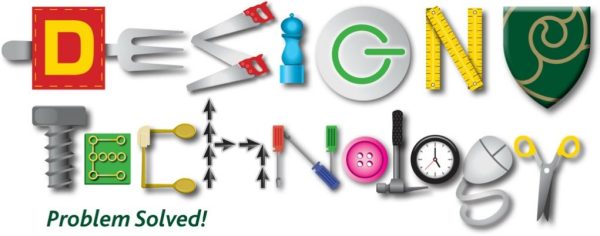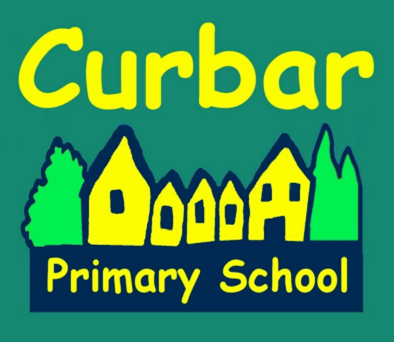Design and Technology

IntentThe Design and technology scheme of work aims to inspire pupils to be innovative and creative thinkers who have an appreciation for the product design cycle through ideation, creation, and evaluation. We want pupils to develop the confidence to take risks, through drafting design concepts, modelling, and testing and to be reflective learners who evaluate their work and the work of others. Through our scheme of work, we aim to build an awareness of the impact of design and technology on our lives and encourage pupils to become resourceful, enterprising citizens who will have the skills to contribute to future design advancements. Our Design and technology scheme of work enables pupils to meet the end of key stage attainment targets in the National curriculum and the aims also align with those in the National curriculum. EYFS (Reception) units provide opportunities for pupils’ to work towards the |
At Curbar, we promote pupils’ SMSC development through design and technology in the following ways: |
ImplementationWe use the Kapow scheme of learning for Design and Technology.
The Design and technology National curriculum outlines the three main stages of the design process: design, make and evaluate. Each stage of the design process is underpinned by We have taken these subheadings to be our Kapow Primary strands:
Kapow Primary’s Design and technology scheme has a clear progression of skills and knowledge within these strands and key areas across each year group. Our National curriculum overview shows which of our units cover each of the National curriculum attainment targets as well as each of the four strands. Our Progression of skills shows the skills and knowledge that are taught within each year group and how these skills develop to ensure that attainment targets are securely met by the end of each key stage. Cooking and nutrition is given a particular focus in the National curriculum and we have made this one of our six key areas that pupils revisit throughout their time in primary school:
Through Kapow Primary’s Design and technology scheme, pupils respond to design briefs and scenarios that require consideration of the needs of others, developing their skills in the six key areas. Each of our key areas follows the design process (design, make and evaluate) and has a particular theme and focus from the technical knowledge or cooking and nutrition section of the curriculum. The Kapow Primary scheme is a spiral curriculum, with key areas revisited again and again with increasing complexity, allowing pupils to revisit and build on their previous learning. Lessons incorporate a range of teaching strategies from independent tasks, paired and group work including practical hands-on, computer-based and inventive tasks. This variety means that lessons are engaging and appeal to those with a variety of learning styles. Differentiated guidance is available for every lesson to ensure that lessons can be accessed by all pupils and opportunities to stretch pupils’ learning are available when required. Knowledge organisers for each unit support pupils in building a foundation of factual knowledge by encouraging recall of key facts and vocabulary. Strong subject knowledge is vital for staff to be able to deliver a highly effective and robust Design and Technology curriculum. Each unit of lessons includes multiple teacher videos to develop subject knowledge and support ongoing CPD. Kapow Primary has been created with the understanding that many teachers do not feel confident delivering the full Design and Technology curriculum and every effort has been made to ensure that they feel supported to deliver lessons of a high standard that ensure pupil progression. ImpactThe impact of Kapow Primary’s scheme can be constantly monitored through both formative and summative assessment opportunities. Each lesson includes guidance to support teachers in assessing pupils against the learning objectives. Furthermore, each unit has a unit quiz and knowledge catcher which can be used at the start and/ or end of the unit. The expected impact of following the Kapow Primary Design and technology scheme of work is that children will:
Please click on the Design and Technology progression document below: |

